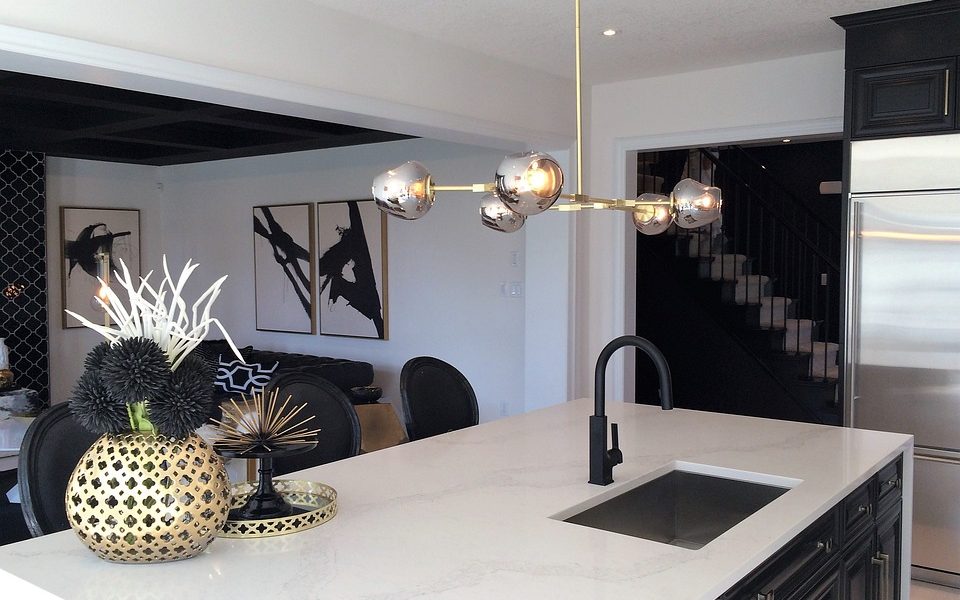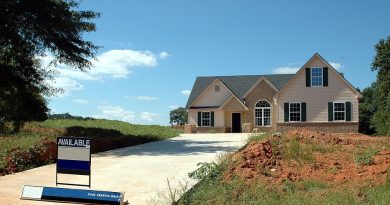The Ins and Outs of Flipping Bank-Owned Properties: A Step-by-Step Guide
Flipping bank-owned properties can be a lucrative venture for real estate investors looking to make a profit in a relatively short amount of time. With the right strategy and knowledge of the market, flipping bank-owned properties can yield high returns. In this article, we will provide a step-by-step guide on the ins and outs of flipping bank-owned properties.
1. Finding Bank-Owned Properties
The first step in flipping bank-owned properties is to find suitable properties to flip. This can be done through a variety of avenues, including working with a real estate agent who specializes in bank-owned properties, attending auctions, and scouring online listings. It’s important to do your research and due diligence to find properties that have the potential for a high return on investment.
2. Assessing the Property
Once you have identified a potential bank-owned property, it’s important to assess the property thoroughly. This includes conducting a property inspection to identify any necessary repairs or renovations. It’s also important to determine the market value of the property and potential selling price after renovations are completed.
3. Securing Financing
Before purchasing a bank-owned property, you will need to secure financing. This can be done through traditional lenders, private investors, or hard money lenders. It’s important to have a solid financing plan in place before moving forward with the purchase.
4. Purchasing the Property
Once financing is secured, the next step is to purchase the property. This typically involves working with the bank to negotiate a purchase price. Banks may be willing to negotiate on price for properties that have been on the market for an extended period of time.
5. Renovating the Property
After purchasing the property, it’s time to start the renovation process. This may involve making cosmetic updates such as painting and flooring, as well as more extensive renovations such as updating kitchen and bathrooms. It’s important to work with a team of contractors who can complete the renovations in a timely and cost-effective manner.
6. Marketing and Selling the Property
Once renovations are complete, it’s time to market the property and find a buyer. This can be done through listing the property on the MLS, hosting open houses, and working with a real estate agent to find potential buyers. It’s important to price the property competitively to attract buyers.
7. Closing the Sale
Once a buyer has been found, it’s time to close the sale. This typically involves working with a title company to complete the necessary paperwork and transfer ownership of the property. It’s important to ensure that all legal requirements are met to avoid any delays in the closing process.
8. Calculating Your Profit
After the sale has closed, it’s time to calculate your profit. This involves subtracting the purchase price, renovation costs, and selling expenses from the selling price of the property. Flipping bank-owned properties can be a profitable venture if done correctly.
In conclusion, flipping bank-owned properties can be a lucrative venture for real estate investors. By following the steps outlined in this article, you can successfully flip bank-owned properties and make a profit. It’s important to do your research, assess the property thoroughly, secure financing, renovate the property, market and sell the property, and calculate your profit. With the right strategy and knowledge of the market, flipping bank-owned properties can be a rewarding investment opportunity.






